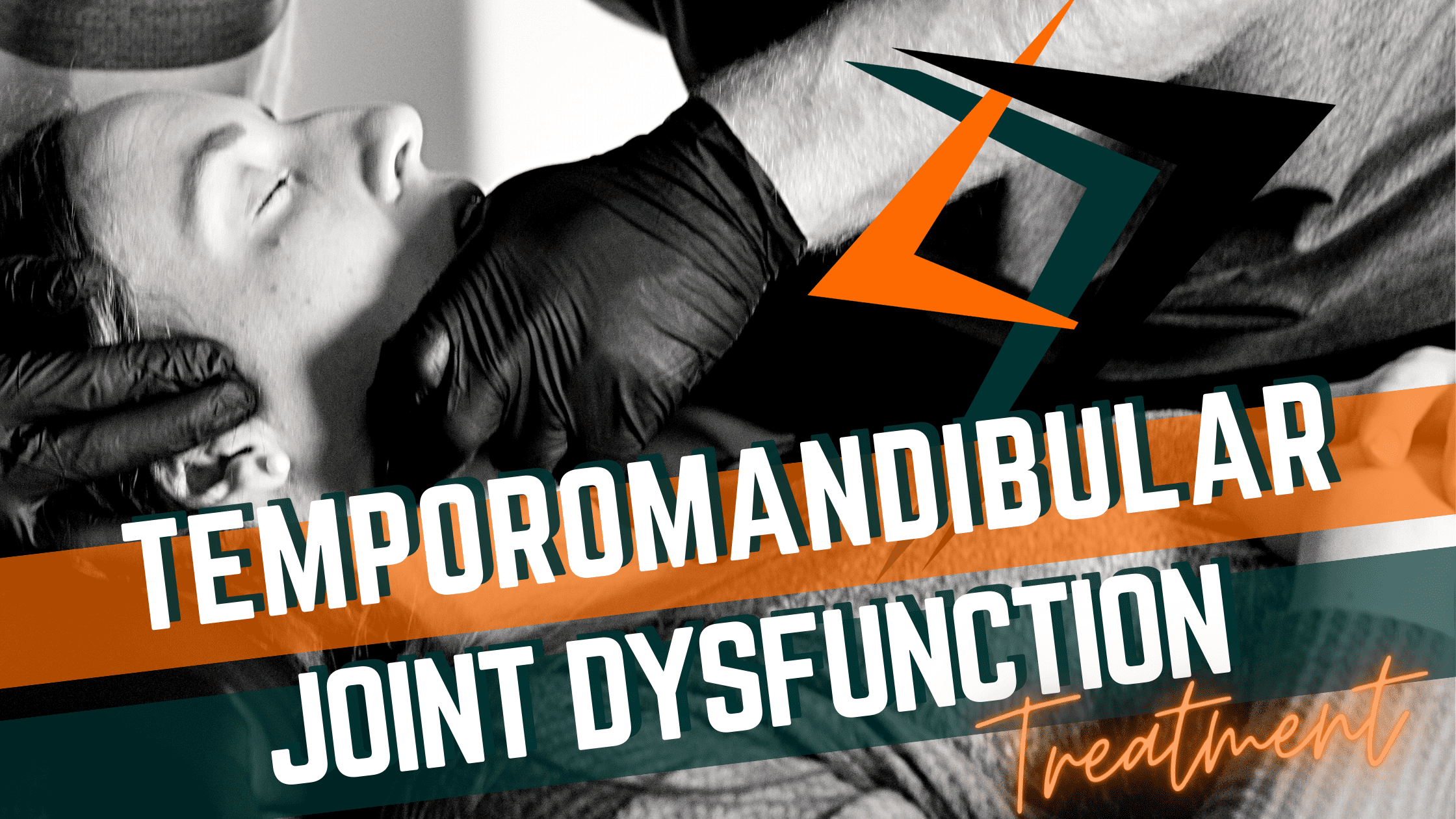
Ever dealt with temporomandibular joint dysfunction (TMD)? You know how much it can interfere with the basic pleasures of life as well as how difficult it can be to find treatment!
The temporomandibular joint (TMJ) is located right in front of your ear. This is the joint that connects your jawbone to your skull. This is an area of pain and dysfunction that we frequently treat in the clinic here in Hendersonville, TN.
Some examples of movements that we see are pain from the TMJ talking, chewing, laughing, and yawning. These are all activities that are not only common but also essential for a normal quality of life. When an individual has knee pain with running, it’s easy to modify the activity and to avoid the pain, but the activities that hurt with TMD are unavoidable. Another area of pain and issues we see are when the jaw contributes to headaches. This is an area we’ve written about before, and even have an ebook for self-management strategies!
This post is intended as a resource for you to better take control of your temporomandibular joint dysfunction and give you some treatment strategies!
You Aren’t alone – Temporomandibular Joint Dysfunction Is Very Common
Symptoms (examples: pain in the jaw, clicking, popping, etc.) occur in at least 35% of the population. Some of these are likely caused by degenerative changes in the joint; however, the great news is that studies show NO RELATIONSHIP between degenerative changes seen on imaging (x-ray/MRI) and actual jaw pain.
Let’s unpack that…
This is all great news and should be very encouraging to you! No matter what has shown up on imaging, it’s likely that it’s not the actual source of your symptoms. This means we can have a massive impact on decreasing pain and improving the function of your jaw!

Get The Joints In Your Neck And Back Moving
There are a few key areas that most people fail to address in typical treatment for TMD. For example, mobilizing the joints in the neck and upper back have a huge impact on pain and function in the jaw. Getting specific mobility improved in these areas can help unload the joint and decrease pressure in the jaw.
Your Best Posture Is Your Next Posture
In other words, move often! There’s no such thing as perfect posture, as any position will usually cause discomfort if you stay in it for too long. That is why your best posture is always your next posture. This is exactly why we recommend changing positions regularly throughout your day. Try not to stay in one posture or position beyond 20-30 minutes at a time.
Seek Out A Physical Therapist Who Specializes in Treating Temporomandibular Joint Dysfunction
Physical therapy is extremely effective for treating TMD, we recommend seeing a physical therapist who specializes in temporomandibular joint dysfunction. Many providers lack the specialty training essential to fully resolve your issues.
Some treatments we offer include spinal mobilization, TMJ mobilization/manipulation, dry needling, massage & soft tissue treatment, and exercise in order to rapidly reduce your pain. Of course, the specifics of your treatment are constantly being tailored to your individual needs after we determine them together.

This overview gives you a better understanding of temporomandibular joint dysfunction (TMD). You also now have some options that you can start doing immediately to reduce your pain and improve your function!
We are here to join you on your health and fitness journey!
If you would like more information on Temporomandibular Joint Dysfunction Treatment, email INFO@ONWARDPHYSIO.COM or CLICK HERE to schedule online! Our team specializes in helping individuals suffering from jaw pain regain their freedom and get back to enjoying the little things in life.
Recent Articles
Why Early Intervention Physical Therapy Accelerates Your Recovery

What to Expect at Your First Physical Therapy Session?

How to Choose a Physical Therapist

The Top 5 Misconceptions About Physical Therapy

The Complete Guide to Physical Therapy

